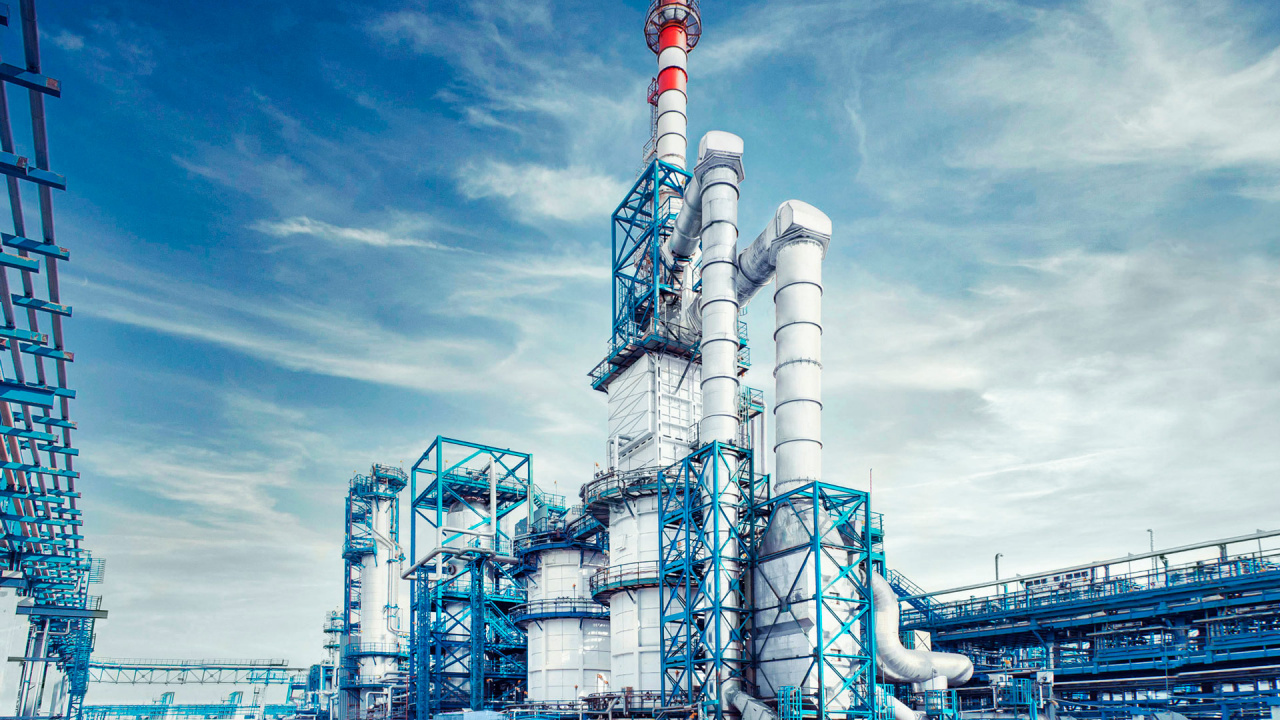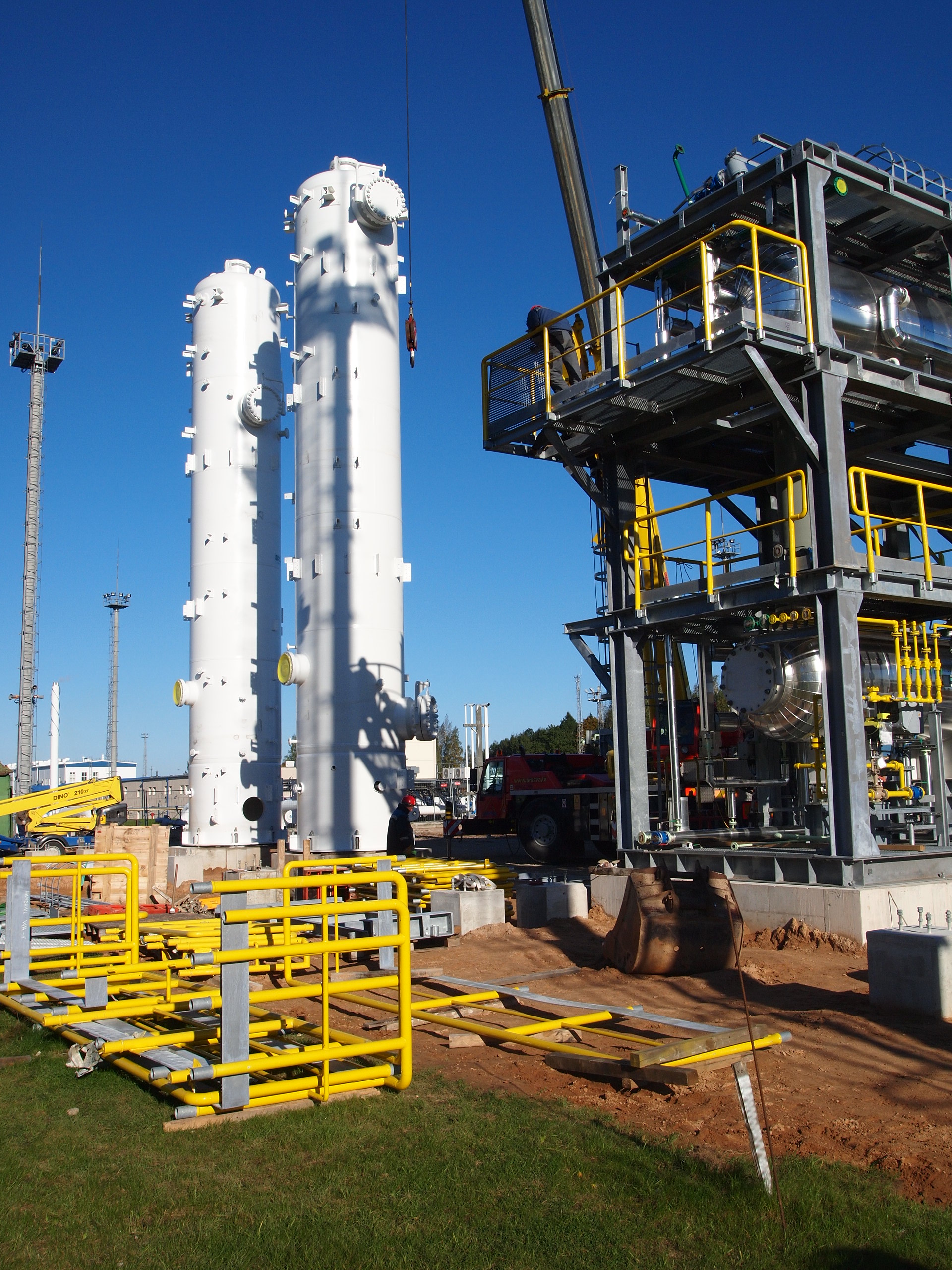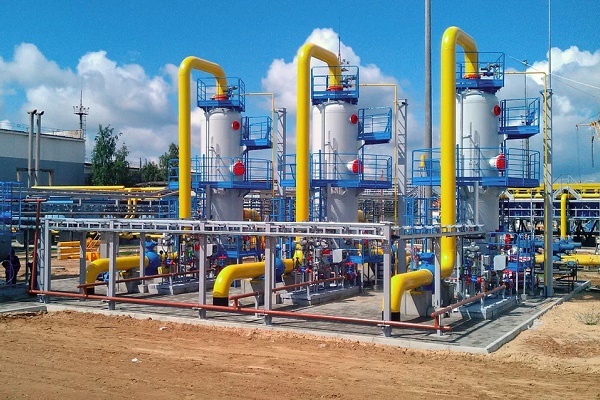At present, the world’s leading concerns are improving technologies for the extraction, transportation, storage and processing of various hydrocarbons. Innovative methods are introduced in the design and manufacture of equipment for oil and gas chemical plants and enterprises.
Technologies

This section describes, as examples, some of the many technologies that are used in oil and gas production, as well as petrochemical and gas chemical production:
GAS DRYING
Before founding Consulting WP in early 2001, Brandon started two Internet companies in Silicon Valley. Previously, Brandon held various management positions in New York at Simon Brothers, most recently as Vice President in Goldhill Group, focusing on new business development and risk management. He has also worked as a senior financial risk management consultant to the financial services industry; software engineer; advertising sales manager for the popular Caribbean travel guide series; general manager of an advertising and graphic
WHAT IS GAS DRYING FOR?
In this case, „dry“ = „remove water“. Water, in varying amounts, is present in any gas. Most raw gases that have not undergone gas treatment are moisture saturated – i.e. contain a maximum of water at some fixed pressures and temperatures. In this case, we are not talking about water in free form, which can fly with gas drops and is removed using separators, but about water vapor, the removal of which requires other technologies and appropriate equipment.
Drying ensures continuous operation of equipment and gas pipelines, preventing hydrate formation and the occurrence of ice plugs in systems. The most important gas drying methods are based on the absorption or adsorption of moisture, as well as its condensation when the gas is cooled. The ongoing drying process is characterized by such an indicator as the dew point.
Existing gas drying technologies in field conditions can be divided into two large groups:
- absorption – technology using liquid absorbers;
- adsorption – technology using solid absorbers.
GAS DRYING METHODS
Water from gas, like any other component, can be removed by physical methods (adsorption, absorption, membranes, condensation (cold)), chemical methods (CaCL2, etc.) and their endless hybrids.
The following methods have found commercial application, listed in descending order of popularity:
- Absorption: Glycol drying
- Adsorption: Zeolites, silica gels or activated aluminum
- Condensation: Cooling with injection of hydrate inhibitors (glycols or methanol)
- Membranes: Based on elastomers or glassy polymers.
- Chemical method: Hygroscopic salts are usually metal chlorides (CaCL2, etc.)
The vast majority of installations in the world are based on the first two methods.
ABSORPTION GAS DRYING METHOD – GLYCOL DRYING
Glycol drying is the most common method used for moderate gas drying, sufficient for transportation through pipelines, including mains, and using such gas as fuel.
There are also more advanced (and, of course, more expensive) versions of glycol dryers, based on processes known by the names given to them by the original patent holders – such as Drizo, Coldfinger and others, and allowing to achieve Dew pointdown to -80 ° C.
The main advantages of the absorption method of gas drying:
No high pressure drops
Low operating costs
Possibility of drying gases with a high content of substances that destroy solid sorbents
The disadvantages of this method include:
The need to increase the gas temperature above 40 ° C
Medium dryness
Possibility of foaming absorbers
Equipment for glycol drying
Standard glycol drying consists of two main blocks:
– plate or packing type absorber
– glycol regeneration unit.

ADSORPTION GAS DRYING METHOD
Adsorption gas dehydration units are mainly used for deep gas dehydration (Dew point for water -40°…-100°С) as part of cryogenic plants. One of the properties of adsorption plants is the fundamental possibility of simultaneous removal of both water and a number of impurities (hydrocarbons, acid gases, etc.). However, the use of adsorption units for multicomponent gas purification is reasonable only at low „trace“ concentrations of removed components.
The main advantages of the adsorption method of gas drying:
Long service life of the adsorbent
Low dew point and high dew point are achieved in a wide range of technological parameters
Changes in temperature and pressure do not significantly affect the quality of drying
The process is simple and reliable
Flaws:
Large capital investment
High operating costs
Contamination of the adsorbent and its frequent replacement or cleaning
Lack of reliability of the continuous cycle of the technological process
Equipment used in this method
A standard adsorption gas dehydration unit consists of the following blocks:
– two to four column-type adsorbers with granular adsorbent
– applied adsorbent
OTHER GAS DRYING METHODS
Condensation, membranes and other methods also have the properties of multicomponent gas purification, however, unlike adsorption gas dehydration, they are used to remove the bulk of unwanted components. It can be said that the adsorption plant is a tool for “fine” gas purification, while condensation and membranes are “coarse”.
Condensation is used when it is necessary to achieve the removal of hydrocarbons and water (Dew pointfor water/hydrocarbons 0…-20°C); membranes also find their application in the same range, which can also ensure the removal of a certain amount of acid gases.
GAS STRIPPING
Natural gas, as it is used by consumers, is much different from the natural gas that is brought from underground up to the wellhead. Although the processing of natural gas is in many respects less complicated than the processing and refining of crude oil, it is equally as necessary before its use by end users.
The natural gas used by consumers is composed almost entirely of methane. However, natural gas found at the wellhead, although still composed primarily of methane, is by no means as pure. Raw natural gas comes from three types of wells: oil wells, gas wells, and condensate wells. Natural gas that comes from oil wells is typically termed ‘associated gas’. This gas can exist separate from oil in the formation (free gas), or dissolved in the crude oil (dissolved gas). Natural gas from gas and condensate wells, in which there is little or no crude oil, is termed ‘nonassociated gas’. Gas wells typically produce raw natural gas by itself, while condensate wells produce free natural gas along with a semi-liquid hydrocarbon condensate. Whatever the source of the natural gas, once separated from crude oil (if present) it commonly exists in mixtures with other hydrocarbons; principally ethane, propane, butane, and pentanes. In addition, raw natural gas contains water vapor, hydrogen sulfide (H2S), carbon dioxide, helium, nitrogen, and other compounds.
Natural gas processing consists of separating all of the various hydrocarbons and fluids from the pure natural gas, to produce what is known as ‘pipeline quality’ dry natural gas. Major transportation pipelines usually impose restrictions on the make-up of the natural gas that is allowed into the pipeline. That means that before the natural gas can be transported it must be purified. While the ethane, propane, butane, and pentanes must be removed from natural gas, this does not mean that they are all ‘waste products’.
In fact, associated hydrocarbons, known as ‘natural gas liquids’ (NGLs) can be very valuable by-products of natural gas processing. NGLs include ethane, propane, butane, iso-butane, and natural gasoline. These NGLs are sold separately and have a variety of different uses; including enhancing oil recovery in oil wells, providing raw materials for oil refineries or petrochemical plants, and as sources of energy.
While some of the needed processing can be accomplished at or near the wellhead (field processing), the complete processing of natural gas takes place at a processing plant, usually located in a natural gas producing region. The extracted natural gas is transported to these processing plants through a network of gathering pipelines, which are small-diameter, low pressure pipes.
PROCESSING NATURAL GAS
Gas processing is a range of industrial processes designed to purify raw natural gas by removing impurities, contaminants and higher molecular weight hydrocarbons to produce what is known as pipeline grade dry natural gas.
In gas processing, mainly isothermal separation of gas-liquid, gas-solid mixtures is used, where the carrier (continuous medium) is gas, and the dispersed medium is liquid or solid suspension.
In gas processing, as technology and technology improve, low-temperature units designed for the deep extraction of propane and ethane from natural gas are becoming more common.
In the practice of gas processing, multistage LTC schemes (low-temperature condensation) are used.
In gas processing technology, absorption drying of gas with concentrated aqueous solutions of di- or triethylene glycol is the main method.
Gas processing products include:
- helium, a valuable raw material used in high technology, such as medical equipment and magnetic pillows for long journeys in public transport, in the construction of nuclear reactors and space satellites;
- formaldehyde (a derivative of methane) is a raw material that plays an important role in the production of phenolic plastics (brake linings, billiard balls) and resins, which are an important component of building structural materials (plywood, fiberboard), paint and varnish and heat-insulating products;
- ammonia – used in pharmaceutical (water solution), agricultural (fertilizers) and food (flavor enhancer) industries;
- ethane – raw material from which polyethylene is produced;
- acetic acid – widely used in the textile industry;
- methanol – fuel for vehicles.
Initially, gas was topped off using the compression method (the gas is compressed to a pressure of 1.0–4.0 MPa and then cooled to a temperature of 20–30 °C). In this case, only the gasoline fraction was extracted from the gas. To obtain liquefied gas (propane-butane fraction), gas was stripped by oil absorption and then by low-temperature absorption (the latter is carried out at temperatures up to minus 45 °C and pressures from 7 MPa). As an absorbent, kerosene fractions are mainly used, the degree of extraction of components C3 and above is 80-95%. For topping off lean natural gases, as well as for additional capture of C3 and higher hydrocarbons in schemes with low-temperature oil absorption, an adsorption process on activated carbon can be used.

ISOBUTANE PRODUCTION
Isobutane is a liquefied gas, which is a more valuable hydrocarbon than normal butane or propane used as a fuel or raw material for pyrolysis plants.
In oil refining, isobutane is used to produce high-octane alkyl gasoline, a reaction product of isobutane with butylenes or propylene. A relatively cheap source of the latter is the liquefied gas fractions of the catalytic cracking process.
By dehydrogenation of isobutane to isobutylene followed by esterification with methyl or ethyl alcohol, oxygen-containing additives to gasoline are obtained – methyl tert-butyl ether (MTBE) and environmentally friendly ethyl tert-butyl ether (ETBE), having octane numbers of 117 and 112 points (IM), respectively.
In petrochemistry, isobutane after dehydrogenation to isobutylene is used in the production of butyl rubber, isoprene rubbers.
The n-butane isomerization technology is usually combined with other processes (alkylation, dehydrogenation, oligomerization, esterification) in the production of high-octane gasoline components (alkyl gasoline, MTBE, ETBE), as well as in the production of rubber – to provide scarce isobutane.
POLYPROPYLENE PRODUCTION
Polypropylene (PP) is a chemical compound related to synthetic polymers. It is a polymerization product of propylene and belongs to the class of polyolefins. Due to their exceptional strength and hardness, products made of polypropylene are used in the radio engineering, chemical, medical, and food industries.
The widespread use of polypropylene is due to its high chemical resistance in aggressive environments, mechanical strength at elevated temperatures, good wear resistance and high tensile strength.
The main types of polypropylene products are packaging films, sheets and plates for the manufacture of multilayer materials for lining chemical equipment, pipes for transporting aggressive liquids and gases, the lightest synthetic fiber, consumer products.
The structure of polypropylene can be of several types: isotactic, syndiotactic, atactic and stereoblock. The difference in them is due to the unequal position of the methyl group at the tertiary carbon atom. Isotactic and syndiotactic polymers have regularly built chains located along the helical axis (helix), while in the isotactic structure all methyl groups are on the same side of the imaginary plane of the main chain, in the syndiotactic structure they are on opposite sides of the main chain. The structure with a sterically irregular sequence of methyl groups is atactic. Stereo-isomers differ significantly from each other in mechanical, physical and chemical properties.
In technical terms, isotactic polypropylene is the most valuable and promising.
